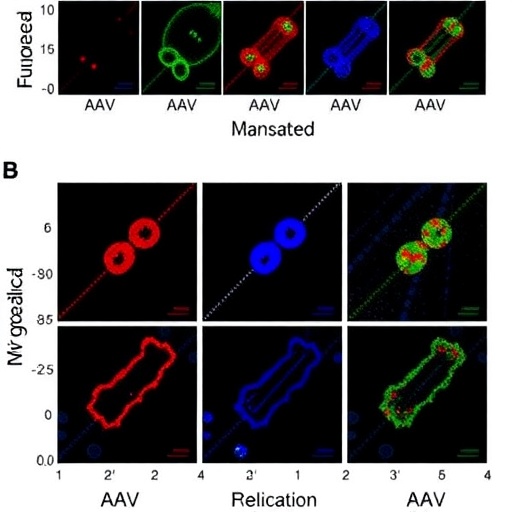New research from George Mason University finds that factors such as county poverty levels, social environment, employment rates, and racial or ethnic segregation affect overdose rates differently.

Credit: George Mason University
New research from George Mason University finds that factors such as county poverty levels, social environment, employment rates, and racial or ethnic segregation affect overdose rates differently.
Fairfax, VA – A new study led by George Mason University’s College of Health and Human Services found new insights into the link between county socioeconomics and segregation on drug overdose deaths.
The study found that socioeconomic factors and segregated counties may affect the rate of drug overdose deaths independently and differently among racial and ethnic groups. This is the first study of its kind to explore both of these influences at the county level.
Dr. Cara Frankenfeld from the Department of Global and Community Health and Dr. Timothy Leslie from Mason’s Department of Geography and Geoinformation Science led the study published in Annals of Epidemiology in April.
“The social environment where people live may have a critical influence on the health of the area,” Frankenfeld noted. “That’s why it’s so important to study the link between racially or ethnically segregated counties–which may be the result of structural racism–and drug overdose deaths.”
Segregated counties–those that differ from surrounding areas in race, ethnicity, unemployment, or poverty–were often linked to different rates of overdose deaths among ethnic and racial groups. For example, counties with more racial and ethnic diversity had fewer overdose deaths in blacks and Hispanics, but similar overdose deaths in whites. Counties with higher unemployment diversity (unemployed vs. employed) had more Hispanic, but not white or black, overdose deaths. Counties with more poverty than neighboring counties had more overdose deaths in blacks, but not in whites or Hispanics. The strongest link was for unemployment diversity, across all groups, with a 35% higher rate for each five percent increase in unemployment diversity.
Counties with more disabled civilians had more drug overdose deaths across all racial and ethnic groups. However, the link between other socioeconomic factors and drug overdose deaths often varied by racial and ethnic groups. For example, counties with more racial diversity, more unemployment diversity, and more uninsured residents had fewer black and Hispanic overdose deaths, but this was not observed for whites. Counties with higher incomes had fewer Hispanic overdose deaths but more black overdose deaths. Counties with more unemployment had fewer Hispanic deaths but more white deaths.
This study used data for the three racial/ethnic groups from the Centers for Disease Control and Prevention (CDC Wonder) Underlying Cause of Death (1999 to 2015) and the American Community Survey (2010-2014).
Few studies have assessed the influence of poverty segregation (higher poverty rates than neighboring counties) and poverty diversity (different rates within counties) on drug overdose deaths. Poverty was an important strong factor, and more work in that area is recommended.
The research is challenged by a small number of deaths at lower levels of geography, but researchers recommend future research at the individual level to look at the interaction between individual socioeconomic characteristics and social geography. This could help us better understand the impact of the social environment on substance abuse and drug overdose deaths.
###
About George Mason University
George Mason University is Virginia’s largest and most diverse public research university. Located near Washington, D.C., Mason enrolls 37,000 students from 130 countries and all 50 states. Mason has grown rapidly over the past half-century and is recognized for its innovation and entrepreneurship, remarkable diversity and commitment to accessibility. For more information, visit https:/
About the College of Health and Human Services
George Mason University’s College of Health and Human Services (CHHS) prepares students to become leaders and shape the public’s health through academic excellence, professional service, and innovative practice and research initiatives. CHHS enrolls 1,917 undergraduate students and 950 graduate students in its nationally-recognized offerings, including: 5 undergraduate degrees, 12 graduate degrees, and 11 certificate programs. CHHS is moving toward the goal of becoming a global college of public health in the near future. For more information, visit https:/
Media Contact
Danielle Hawkins
[email protected]
Original Source
https:/
Related Journal Article
http://dx.




